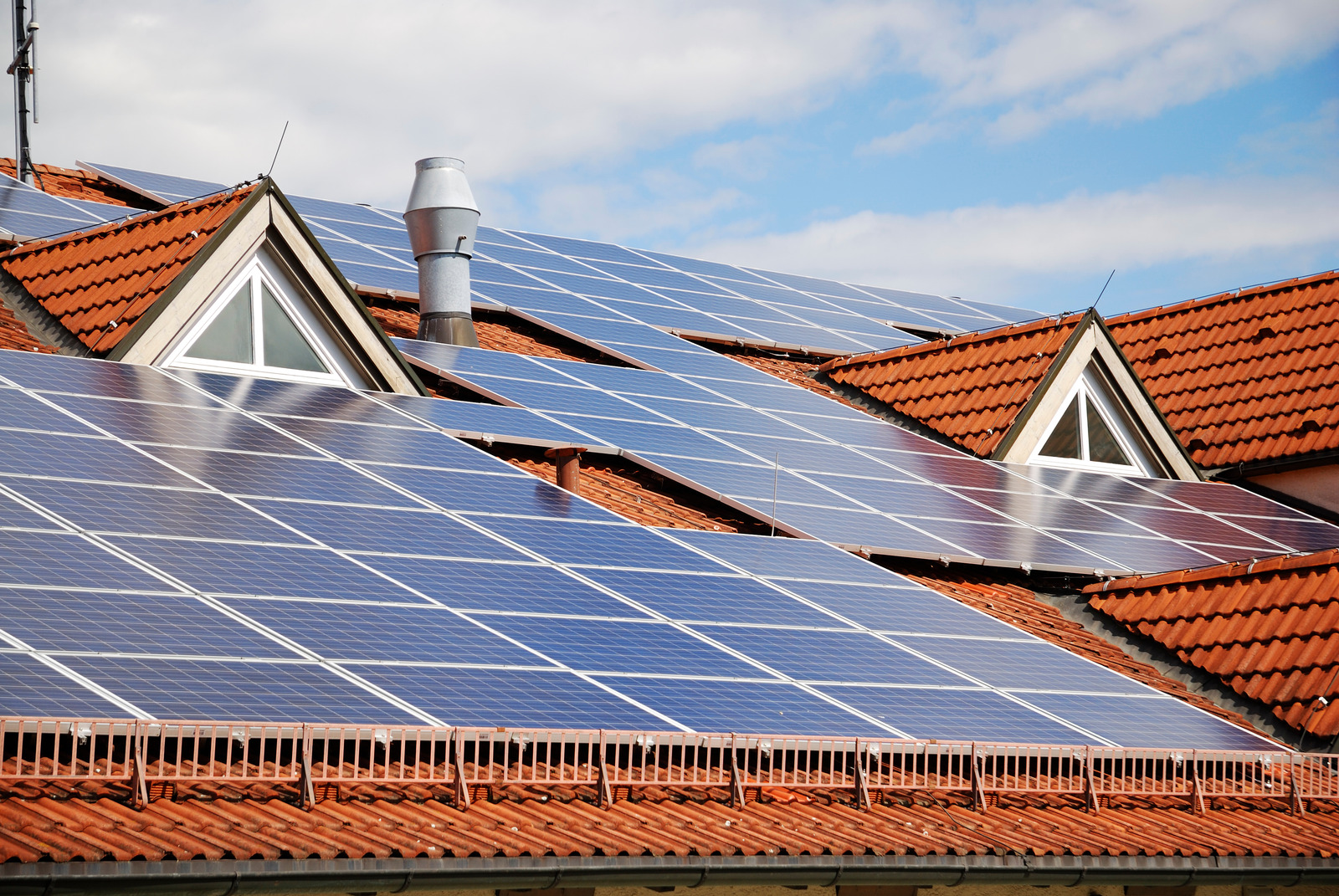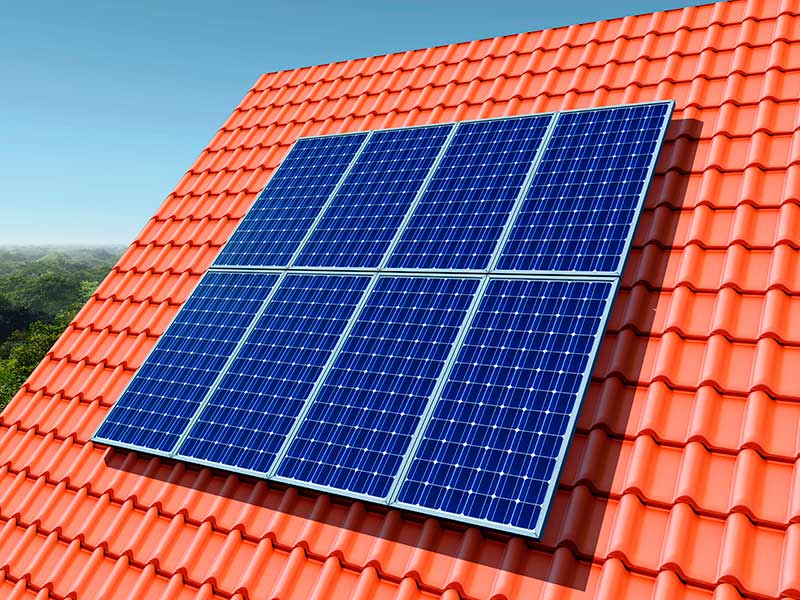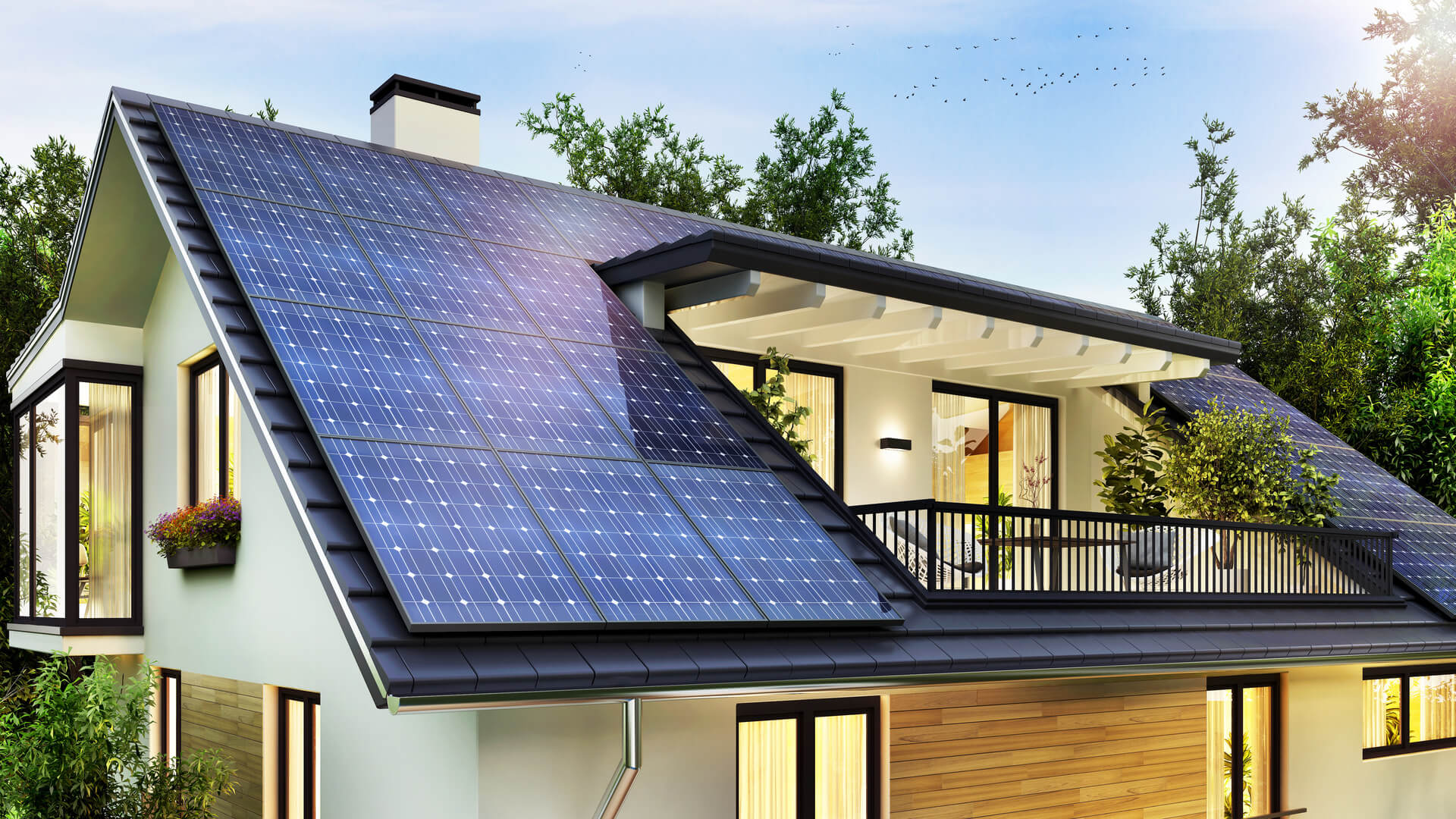Table of Content
- Use a heat pump water heater - maybe
- What Types of Solar-Assisted Heat Pump Systems Are There?
- Net zero homes explained (with 7 beautiful examples)
- How Much Power Does a Solar Panel Generate?
- How much power do solar panels produce?
- Solar Power During Power Outages Requires A Special Inverter
- What Happens When Your Grid Fails
In my house that’s more than 100 years old, we’ve done all the easy and cost effective energy retrofits, and some more expensive ones, such as replacing some of the windows. Solar power can be a great way to offset some of these costs, and several solar installation companies offer residential solar solutions. For example, if your solar system produces more electricity than you use during the day, you can store the extra power in a battery pack to have enough electricity to use at night. The amount of electricity you’ll need to store depends on how much solar energy you are producing and how much you want to be able to use when the sun isn’t shining. If you want to power your entire home with solar, you will need to install an extensive array of solar panels.

In recent years, solar power has also begun to make inroads in the transportation sector.Many commercial vehicles, from buses to delivery trucks, are now equipped with solar panels. This is because solar pool heating is the most cost-effective use of solar panels. Solar water heaters are an efficient way to heat water, and they can provide significant savings on energy costs. Solar water heaters are an increasingly popular solar energy technology that uses the sun’s energy to heat water.
Use a heat pump water heater - maybe
They are less reliant on the electrical grid, ideal for remote locations or areas with unreliable power. Solar energy technologies constantly improve, making solar lights more efficient and affordable. Solar panels are an increasingly popular renewable energy technology due to their efficiency and low environmental impact. The DC electricity is then converted into alternating current electricity used in homes and businesses.
Leases and power purchase agreements are options for those who are unable to purchase a system, though these options are not eligible for tax breaks or other incentives. While this estimate should not replace a professional evaluation, it can provide a useful rough idea to indicate the feasibility of solar panel installation for your house. Using 40 watts of solar power, a 12-volt battery can be charged and maintained with up to 250 amp-hours, resulting in a daily output of up to 17 amps.
What Types of Solar-Assisted Heat Pump Systems Are There?
Low-income utility customers as well as people living in disadvantaged neighborhoods and tribal communities will get double the credits to install home systems. Still, some solar advocates argued the price of solar will be too expensive for those households. Although solar provides a lot of California’s power during the day, fossil fuels largely take over in the evening and during the night. Sometimes, California has more solar power than it can use during the day. Existing rooftop systems are capable of generating about 12,000 megawatts of power, according to the commission, nearly six times what the state's last remaining nuclear plant generates.

To protect the repair workers trying to establish power, the utility grid and all grid-tied systems will be shut down. The benefits to putting in a solar battery backup system with your solar panels are many. Not only does this slash your reliance on an outdated grid and assure you of lower electric bills, you are able to regain control of your energy finances. Plus, best of all, you can rest easy knowing youre covered when the occasional power outage hits during a particularly ferocious thunderstorm that Florida is known for. Most homes will require multiple solar panels to power the entire household. While the upfront cost may seem like a lot, you can also calculate the long-term savings that you’ll receive once your solar panels are up and running.
Net zero homes explained (with 7 beautiful examples)
Although there are various external obstacles to utilizing solar power 100%, there are still things you can do to increase the efficiency of your home solar power system. The crucial thing is to determine the size of the solar system for your home. The amount of solar power that your solar panel system can generate is only one factor to consider when determining how much of your house you can run on solar power.
You can determine this by estimating how many hours of sunlight your panels will receive per day (or how much energy they’ll produce on cloudy days). Although things like rebates, tax credits from local and federal governments, and utility company incentives continue to decline, solar energy costs have dropped dramatically over the last two decades. Moreover, solar photovoltaic systems can now produce more electricity per square foot than ever. And with recent technological innovations making solar panels more efficient than ever, using solar energy to power your home is now a real possibility. The Department of Energy states solar panels will be most efficient on roofs sloping between 15 and 40 degrees.
Also, your solar energy system will undergo a thorough inspection from a certified electrician as part of the installation process. It will also discuss how much power solar panels can produce, how many solar panels you need for your home, and the solar panel installation cost. We even have some tips on increasing the efficiency of your solar panel system. Next, divide your home’s energy consumption by 120 kWh to determine how many kW of solar panels you should install to get all the electricity your home needs. 893 kWh divided by 120 kWh is 7.44 kW, so you’d need a 7.5 kW system to cover your energy consumption. The best part of the deal is that—if your utility company offers net metering—you will get credited all or part of the price for every kilowatt-hour of solar energy you send to the grid.

Net metering allows people to reduce their electricity bills while becoming more environmentally friendly. Households use a home power meter to record the amount of electricity their solar panels create and the amount of electricity they consume. This data is necessary so that your solar contractor can determine the amount of power your panels must produce to run your entire house every month. The amount of electricity used and paid can both vary throughout the year. Even when it’s cloudy, solar panels still produce electricity at a slower rate.
Your home’s daily electricity needs in kilowatt-hours divided by the rating of your solar panels in kilowatts times the average number of hours of sun exposure per day. For example, if your house consumes 30 kilowatts of electricity daily and you want to purchase 320-watt solar panels (0.32 kilowatts). According to the Lawrence Berkeley National Laboratory, the cost of home solar panels has decreased by more than 69% since 2000. Meanwhile, traditional energy prices are rising, meaning you can save more on energy bills now than ever. There are federal, state and local tax credits and incentives to help bring the price down further.

Even at the high end, a 38W LED bulb or 150 W incandescent bulb uses just 0.038 kWh per hour. But for the sake of argument, let’s say you put on some extra deodorant and limit your water heating use to 2.5 kWh per day. If you have a modern, energy star approvedmodel, your refrigerator is using around 1-2 kWh of electricity a day. If your fridge lived through Y2K, you might be looking at closer to 5 kWh per day. Use the tables below as an a la carte menu to create your own battery storage budget. Has information about state-specific incentives for using renewable energy.
No comments:
Post a Comment